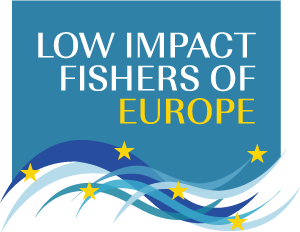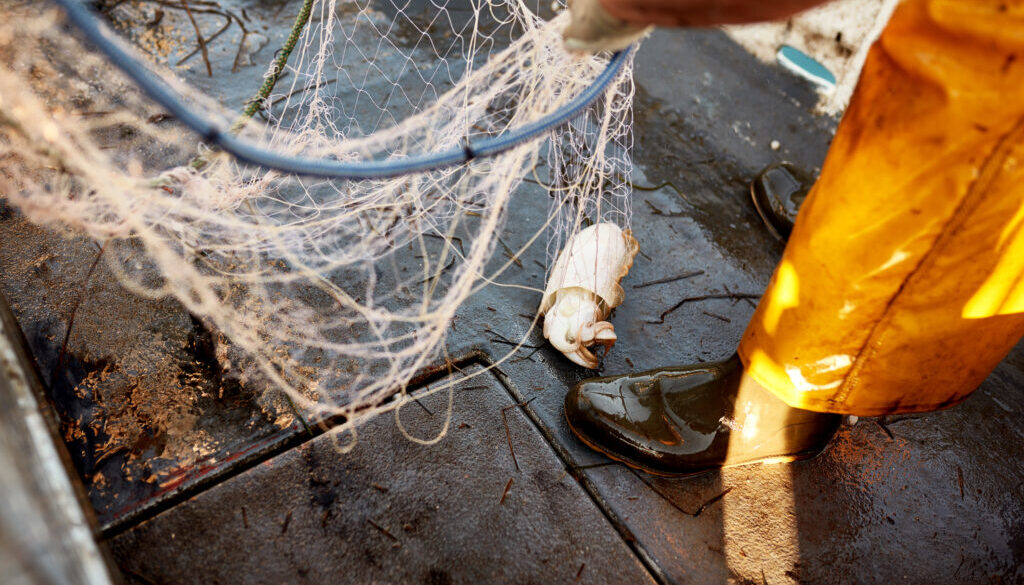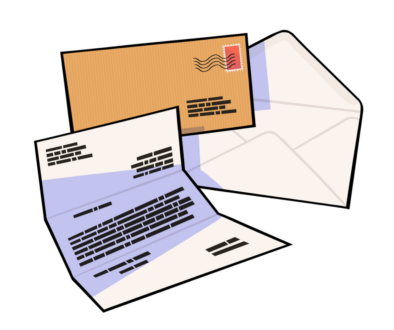New rules for a reinforced control system entered into force on Tuesday 9 January 2024. These rules apply to EU fishing vessels and other vessels fishing in EU waters. Small-scale fishers have been given a 4-year grace period to implement most of these new measures, (which will be binding therefore in 2028) since preparation work will be needed.
LIFE gives a cautious welcome to the new measures, which could reinforce control and traceability in many ways. These incorporates for the first time an holistic approach, with provisions on the control of recreational fisheries.
The new provisions call for the monitoring of fishing activities to be fully digitised. Specifically, it will become obligatory for vessels of more than 18m which pose a high risk of non-compliance to install REM and for all vessels, irrespective of size, to install VMS and provide catch reporting electronically (art. 9 and 14) which incorporates the need to report cases of fishing gear lost at sea or information related to catches of sensitive species.
For this purpose, vessels under 12m in length may use a specific system for fishing logbooks developed at national or Union level. If one or more Member States request so by 10 May 2024, the Commission shall develop such a system for catching vessels of less than 12m in length.
Digitisation, if implemented well, could revolutionise the collection and use of data, empowering fishers on the one hand, improving their visibility, and improving the reliability of scientific advice on the other. If not well implemented, with untested tracking and data collection systems and participation of fishers in their design, it could wreak havoc and increase even more the bureaucratic burden – as we have seen with the disastrous roll out of the iVMS tracking system in the UK. The secret to success of digitisation is multifunctionality: vessel tracking and electronic catch reporting systems must be useful both for the authorities and for the fishers, otherwise it simply won’t fly.
What is not yet clear is how the rules for landings in designated ports will affect small-scale operations (Recital 112 and Article 41.a) on the Verification of Tonnage. Depending on the threshold levels to be determined by each regional multiannual plan, SSF may or may not be required to have their catch size verified in a designated port some distance from their home port. This could impact negatively on their economic viability and restrict market access.
Another element of uncertainty is the setting of the margin of tolerance (between the catch declaration and the verified catch), which will be 10% and up to 20% in specific cases (Articles 14.3 and 14.4). These will now be calculated on a species basis instead of the total catch. This seems like a positive development, and will go some way to making catch declarations more accurate. The devil will be in the detail, and it remains to be seen if these new arrangements will provide a large loophole for landing by-catch and undersized species, or a useful tool to make catch declarations more accurate. It will be on the upcoming implementing acts on which the Commission will lay those detailed rules, by 10 July 2024.
According to Commissioner for the Environment, Oceans and Fisheries, Virginijus Sinkevičius: “The revised fisheries control system is the culmination of five years of negotiations. With it, we are significantly updating the way fishing activities are monitored, to ensure that our precious marine resources are better protected, and fisheries control rules are better enforced through the whole chain, from the net to the plate.”
The regulation entered into force on 9 January 2024, fishing vessels and fishing authorities will be given enough time to adapt to the new protocols.




